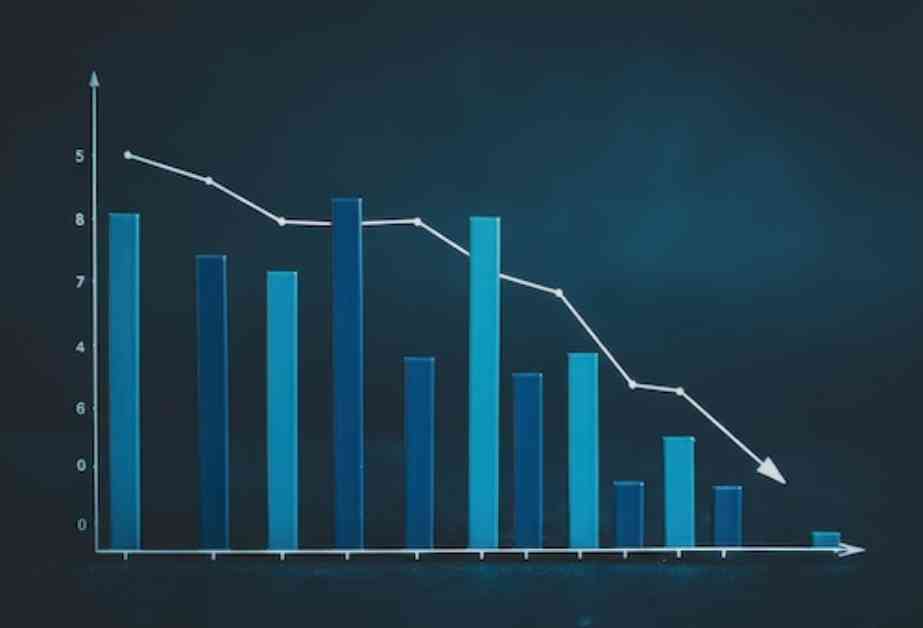Disheartening Trends in NAEP Scores for Low-Performing Students
The 2024 National Assessment of Educational Progress (NAEP) results have painted a stark picture of the state of education in the United States. Most American students are struggling to meet the academic standards set by their pre-pandemic counterparts, with a significant gap emerging between high-achieving and low-performing students. This data, often referred to as “the nation’s report card,” reveals a concerning trend that has been unfolding for over a decade.
The Impact of the Pandemic on Student Achievement
The disruption caused by the COVID-19 pandemic has taken a toll on student learning, particularly for those who were already struggling academically. The closure of schools, periods of quarantine, and the shift to remote learning have all contributed to a decline in reading and math scores among fourth and eighth graders. The 2022 results showed a significant drop, but the 2024 data indicates an even further decline in reading scores for both grade levels.
Peggy Carr, the commissioner of the National Center for Education Statistics, expressed her concern over the persistent decline in student achievement. She highlighted that reading scores continue to plummet, and low-performing students are now reading at historically low levels. This downward trend is a cause for alarm and cannot be solely attributed to the challenges brought on by the pandemic.
The Widening Gap in Academic Achievement
One of the most troubling aspects of the NAEP scores is the widening gap between high-achieving and low-performing students. In some cases, this disparity reached historic levels, with lower-performing fourth and eighth graders posting the worst reading scores in over 30 years. The gap in eighth-grade math between the highest and lowest-performing students was the widest in the test’s history. This trend underscores the urgent need to address the educational inequities that exist within the American school system.
Expert Insights and Recommendations
Martin West, a professor at the Harvard Graduate School of Education and the vice chair of the NAEP Governing Board, emphasized the importance of supporting struggling students. He noted that the growing number of students who fail to demonstrate mastery of essential skills poses a significant challenge for the future of education. Without adequate intervention, these students may face obstacles in accessing higher-level coursework and pursuing careers in STEM fields.
Lesley Muldoon, the executive director of the NAEP Governing Board, highlighted the critical role of foundational skills in reading and math. She expressed concern over the increasing number of students who fall below the NAEP Basic level, indicating a lack of partial mastery of fundamental skills. This trend raises questions about the effectiveness of current educational practices and the need for targeted interventions to support struggling learners.
Addressing the Educational Opportunity Gap
The disparities in academic achievement revealed by the NAEP scores have far-reaching implications for the future of American society. The divide between high and low-performing students has been growing for years, with complex factors contributing to this trend. While the pandemic has exacerbated existing challenges, the roots of this issue extend beyond recent disruptions in education.
Dan Goldhaber, director of the Center for Analysis of Longitudinal Data in Education Research, emphasized the need for urgent action to address the widening opportunity gap. He underscored the importance of collecting data to identify effective interventions for struggling students and ensure that all learners have access to quality education. Failure to address these disparities could have long-lasting consequences for the future of American students.
In conclusion, the latest NAEP scores serve as a wake-up call for educators, policymakers, and stakeholders in the field of education. The persistent decline in reading and math achievement, coupled with the widening gap between high and low-performing students, highlights the urgent need for targeted interventions and systemic changes to support all learners. By addressing these challenges head-on, we can work towards creating a more equitable and inclusive education system that empowers every student to succeed.







